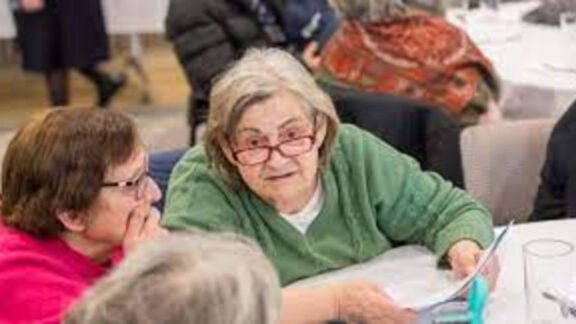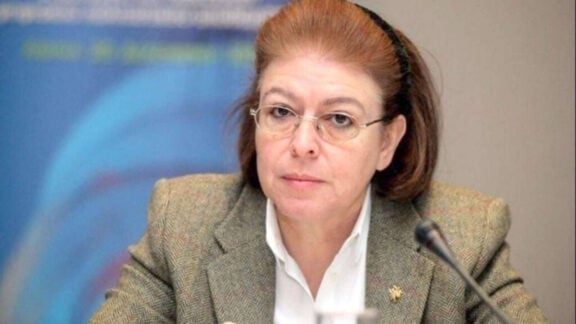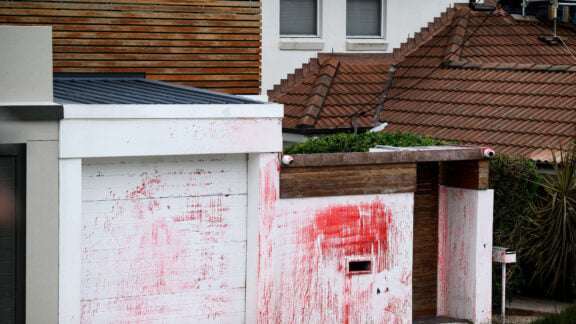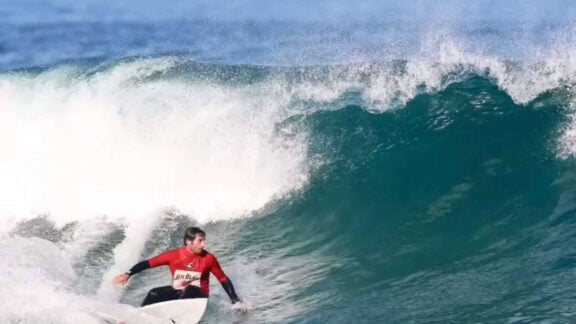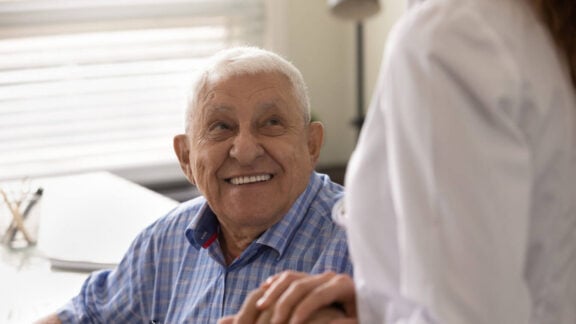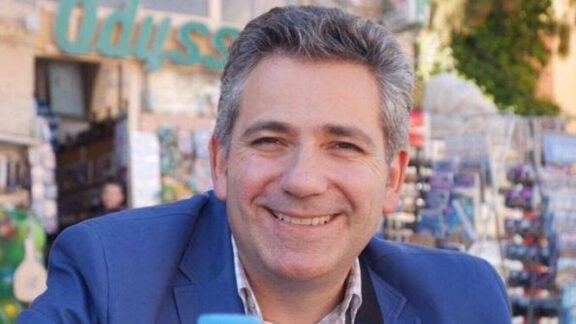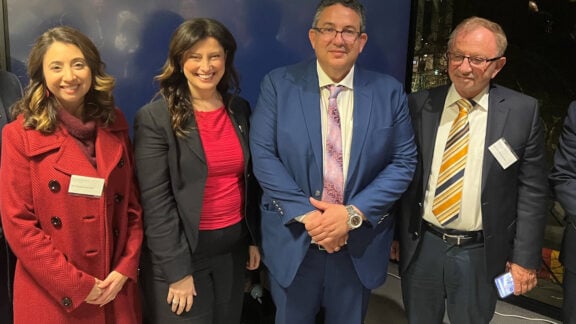Governments across the country must lift funding to public schools to close gaps in literacy and numeracy among students, the education union says.
One in three Australian school students are not meeting minimum numeracy and literacy expectations, the latest NAPLAN results show.
Nationally, 10 per cent of students need additional support and that figure rises to as high as 90 per cent for Aboriginal and Torres Strait Islander students in remote parts of the Northern Territory.
Australian Education Union federal president Correna Haythorpe said the results reinforced a pattern of achievement gaps between students from different backgrounds and locations.
“We can’t close the achievement gaps without closing the resources gaps,” she said.
Public schools educate most higher-needs students but only 1.3 per cent are funded to the schooling resource standard, an estimate of how much money a school requires to meet its students’ educational needs.
“The vast majority of private schools are at or above the schooling results standard and this is a clear demonstration of the inequality that exists for school funding in Australia,” Ms Haythorpe said.
“There is no better time than right now to fully fund public schools.
“We have Labor governments almost all across Australia, who should understand the importance of the right of every child to have access to a high-quality public education.”
Victorian Education Minister Nat Hutchins was choosing to look on the bright side, pointing to the state ranking first or second in 16 of the 20 NAPLAN domains.
“We can continue to focus on the negative or we can focus on the positive,” she told reporters.
For students who do need help, Victoria has tutor learning and teacher training, but a decision is yet to be made on whether the tutoring program will continue into 2024.
Ms Hutchins was ramping up pressure on the federal government to deliver Victoria’s fair share of funding so the state can extend the program.
“All states and territories could benefit from tutor learning,” she said.
SA opposition education spokesman John Gardner said the state’s NAPLAN results showed nation-leading improvements for the third year in a row, particularly in reading and writing in younger year levels.
“But we know there is always more to be done, and we’d particularly like to see boys doing better in the years ahead,” he said.
SA Department for Education chief executive Martin Westwell said the new public education strategy would have a renewed focus on equity, excellence, wellbeing and effective learning.
Tasmanian Education Minister Roger Jaensch said the results were not comparable to previous years because of changes to reporting standards and moving testing to term one.
The state is expanding early learning opportunities in the year before kindergarten through its most recent budget.
“All students in Tasmania from prep to Year 2 will be explicitly taught phonics using a systematic approach by 2026, which includes continuous monitoring of every student’s progress,” Mr Jaensch said.
NSW Premier Chris Minns said while the results weren’t good for NSW, the state was investing in recruiting and retaining teachers.
Source: AAP

